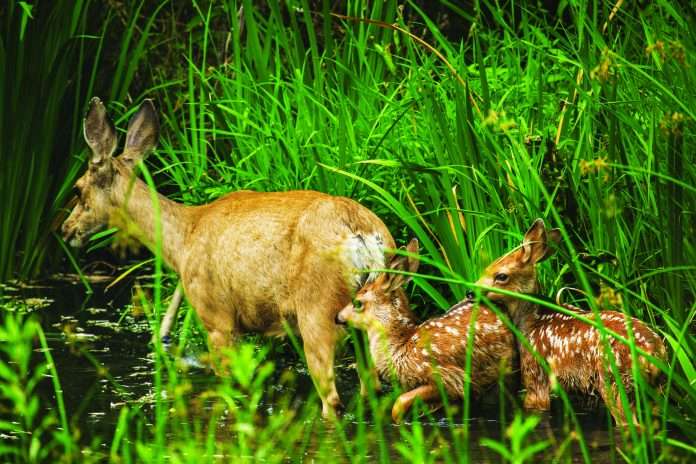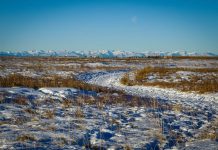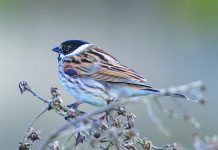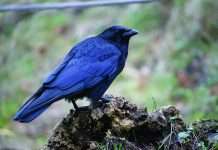Connect: Calgary’s Parks Plan replaced the Open Space Plan and the Natural Areas Management Plan. Calgarians have historically and consistently had a strong desire for the inclusion of natural areas as Open Space. As early as 1914, The Mawson Plan recommended protection for the riverbanks. In the 1940s, the public wanted natural park environments to be preserved. Little or no management was considered. In the early 1970s, The Calgary Bird Club assessed several natural areas, including East and West Nose Hill, before specific natural areas management policies were identified. By 1980, City Council adopted the first Nose Hill Park Master Plan, to ensure that natural habitat would remain for wildlife species that use it. The Nose Hill Biophysical and Land Use Inventory was a major project, but any unexpected problem or difficulty was beyond its scope. Instead, The Nose Hill Park Management Advisory Committee was followed by the Nose Hill Park Trail and Pathway Plan.
The Natural Areas Management Plan called for long-term conservation methods to support appropriate public uses. Some activities were dog walking, hiking trails, and weed control. For Nose Hill, as a Major Natural Environment Area, there were guidelines about grazing, wildlife, signage, fallen trees, and brush. As in all Natural Environment Parks, the approach was based on habitat types, with the general principles being fire management, life cycling, planting, restoration, and reclamation. To communicate the aims of protection, management, and permitted uses in a natural environment park, staff training and public education were planned, so as to share information regarding natural areas and natural history in Calgary. The plan was to evolve, with more research and new techniques for managing urban natural areas, as the public perception of Open Space changed, not only in Alberta but across North America.










